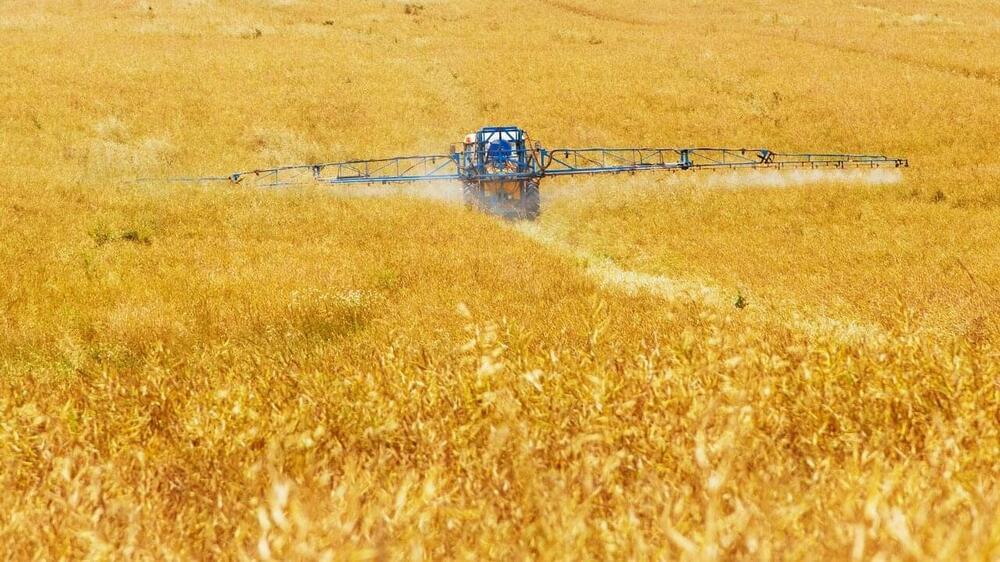Apr 3, 2022
Russia says it will suspend cooperation on the International Space Station
Posted by Gemechu Taye in categories: economics, space
Russia’s space director Dmitry Rogozin said on Saturday in a tweet that he would halt ties between partners at the ISS and other joint space projects until the sanctions against Moscow were removed. The leader of Roscosmos complained that the aim of the sanctions was to “kill Russian economy and plunge our people into despair and hunger, to get our country on its knees.”
Rogozin also added that the sanctions will ultimately fail, saying that they “won’t succeed in it, but the intentions are clear.” “That’s why I believe that the restoration of normal relations between the partners at the International Space Station (ISS) and other projects is possible only with full and unconditional removal of illegal sanctions,” Rogozin explained.
A suspension of many partnerships
Continue reading “Russia says it will suspend cooperation on the International Space Station” »

















